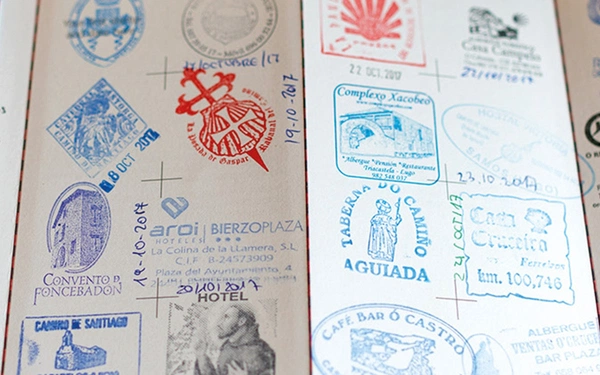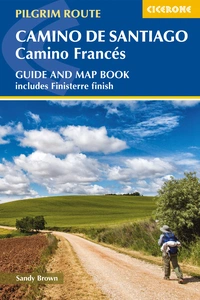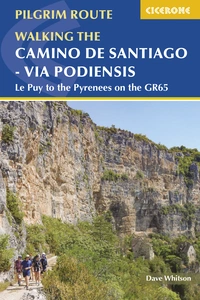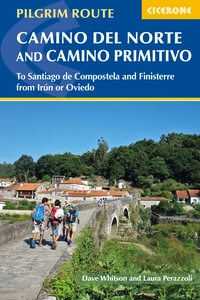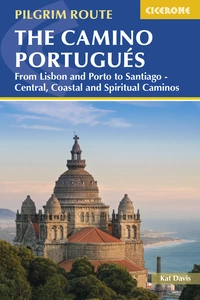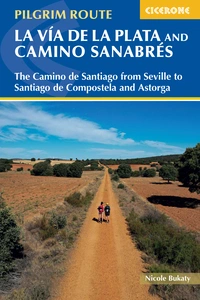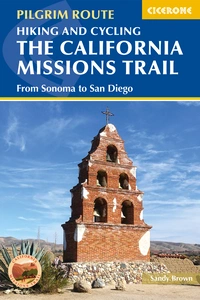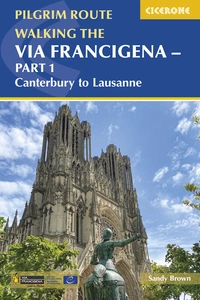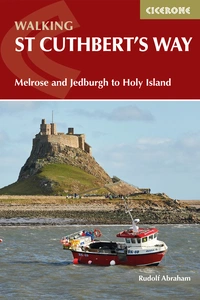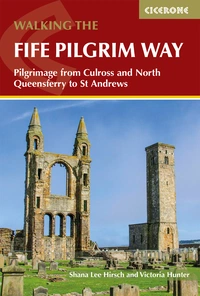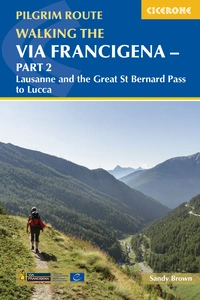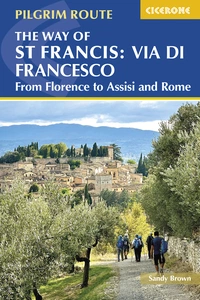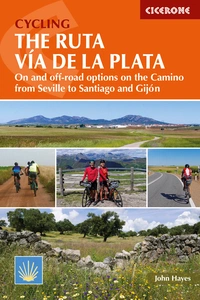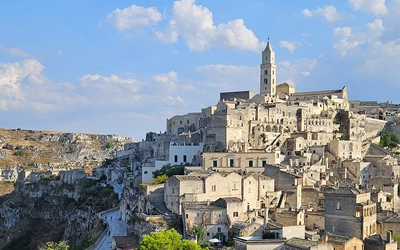What pilgrim trail should I do? The best pilgrimages and caminos in the world
Pilgrimages are more popular than ever, with thousands of people walking the Camino every year. The Camino Frances is a wonderful route but it's far from the only camino! Here are some of the many pilgrim trails throughout the world including the UK, France, Spain, Italy, the USA and Japan.
The Camino de Santiago
The Camino de Santiago, or 'Way of St. James,' is a historic pilgrimage route across Europe that culminates at the Cathedral of Santiago de Compostela in northwest Spain. Tradition holds that the remains of St. James the Apostle are buried there, making it a significant spiritual journey for many pilgrims. There are many routes to Santiago de Compostela:
- The most popular is the Camino Francés from St Jean Pied de Port in the Pyrenees. You can join this route from just about anywhere, either approaching from France, or further afield or, if you feel that 784km and 4-6 weeks is more than you can manage, then you can always begin your walk along the route, at Pamplona or León for example. If you are hoping to obtain a Compostella at the end, then the minimum distance you need to walk is 100km, so starting in Sarria is the most popular choice.
- The seaside Camino del Norte along the northern Spanish coast is perhaps more suited to walkers looking for a quieter experience, but since it crosses the hill country of Asturias, it is more demanding physically.
- A number of pilgrims will leave the del Norte to join the mountainous Camino Primitivo at Oviedo. The two routes converge to arrive in Santiago a few stages before the end of the Camino Francés.
- The 116km Camino Inglés is another option for those with less than a week available, and though this route, along with the Ruta do Mar, are less popular, the solitude available makes them an attractive option. Be aware that the infrastructure for food and lodging is a little more sparse, so planning ahead is important.
- The amazing Via de la Plata is another long route, beginning at Seville in southern Spain and either joining the Francés at Astorga or continuing on the Camino Sanabrés to Santiago.
- Last but not least of the major routes to Santiago is the Camino Portugues, which ranks as the second most popular route to Santiago and the fastest growing. One option is to walk the entire, beautiful 640km route from Lisbon, while many start along the route at Porto. In total there are no fewer than four UNESCO World Heritage sites along the way.
A pilgrimage in Japan
Twinned with the Camino de Santiago is the UNESCO-listed Kumano Kodo. Why not walk both and get your Dual Pilgrim Passport?
The Kumano Kodo offers a different view of Japan: far removed from the modern cities, this is a world of forested slopes, hidden valleys, waterfalls, traditional villages, moss-covered stone deities and tranquil oji shrines. There are opportunities to experience hot-spring bathing and to sample local cuisine as you follow in the footsteps of emperors, samurai, priests and ascetics traversing traditional flagstone paths and forest trails.
Japan's Kumano Kodo Pilgrimage
Nakahechi, Koyasan, Kohechi, Iseji and Hongu trails
£18.95
SALE
£16.11
Guidebook to walking Japan's Kumano Kodo, a network of ancient pilgrimage trails on the Kii Peninsula, south of Osaka. Covering the Nakahechi, Kohechi and Iseji trails, as well as Koyasan and the Choishimichi route, the guide has all the practical information needed, along with notes on the routes' rich history and culture.
More informationCan you do a Californian Camino?
You can! The Californian Missions Trail runs between San Francisco Bay and San Diego and is suitable for either walking or cycling. The trail visits 21 California missions, historic landmarks along this epic adventure that crosses the Golden Gate Bridge, traverses coastal mountain ranges, hugs the Pacific coast through charming beach towns like Santa Cruz, Santa Barbara and Carlsbad, and crosses vast farmlands in the Salinas Valley, the 'Salad Bowl of America'.
Hiking and Cycling the California Missions Trail
From Sonoma to San Diego
£18.95
Guidebook to walking and cycling the 800 mile (1289km) California Missions Trail between San Francisco Bay and San Diego. The pilgrimage trail takes in 21 historic Spanish missions and can be completed in 50-60 walking days or 2-3 weeks cycling. With 1:100,000 mapping, route description and details of accommodation and facilities for each stage.
More informationAre there pilgrimage walks in the UK?
- The epic Via Francigena begins in Britain, before snaking through France and Switzerland to Italy.
- There are also shorter pilgrimages in the UK, such as the Pilgrims' Way which you can begin at Winchester or London before walking to Canterbury (the starting point of the Via Francigena if you felt you didn't want to stop!).
- St Oswald's Way and St Cuthbert's Way are also shorter routes in the North East of England, offering a different perspective.
- The Fife Pilgrim Way traverses the heart of the Kingdom of Fife passing historic remains, buildings and churches from medieval times.
Pilgrimage Walks in Italy
- The Via Francigena begins in Canterbury and crosses France and Switzerland before entering Italy at the majestic Great St Bernard Pass. Over the next 1,000 kilometers this epic walk journeys among Italian castles and cathedrals, across the Po Valley, up and over the Apennines, and along the cypress-framed farm roads of beautiful Tuscany before arriving at the gates of the Vatican City in Rome.
- Beginning at Florence, birthplace of the Renaissance, the Way of St Francis connects sites central to the life of St Francis of Assisi, whose birthplace is one of Italy’s most cherished medieval towns. As befits the Patron Saint of the Environment, this is a green walk whose high point is Santuario della Verna, one of Italy’s most serene and remote mountain retreats.
- There are two other popular pilgrim itineraries for which currently Cicerone don’t have guidebooks, that might be of interest.
- With many important cultural, religious and historic sites, it’s no wonder Italy is crisscrossed by over 80 pilgrim itineraries. German pilgrims are bringing the Via Romea Germanica back to life after centuries of disuse, while Italian college students spend their school holidays on the Via degli Dei between Bologna and Florence. While the rebirth of these Italian routes is a few years behind those in Spain, Italy’s dramatic scenery, ancient historical sites, stunning art and architecture, and world-class cuisine makes it an enchanting destination.
- For more information, the Confraternity of St James has a really detailed FAQ page, or visit the Camino de Santiago forum, where you'll find various threads and conversations relating to many different topics.

